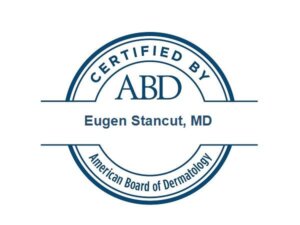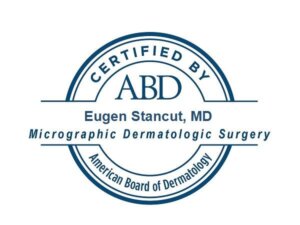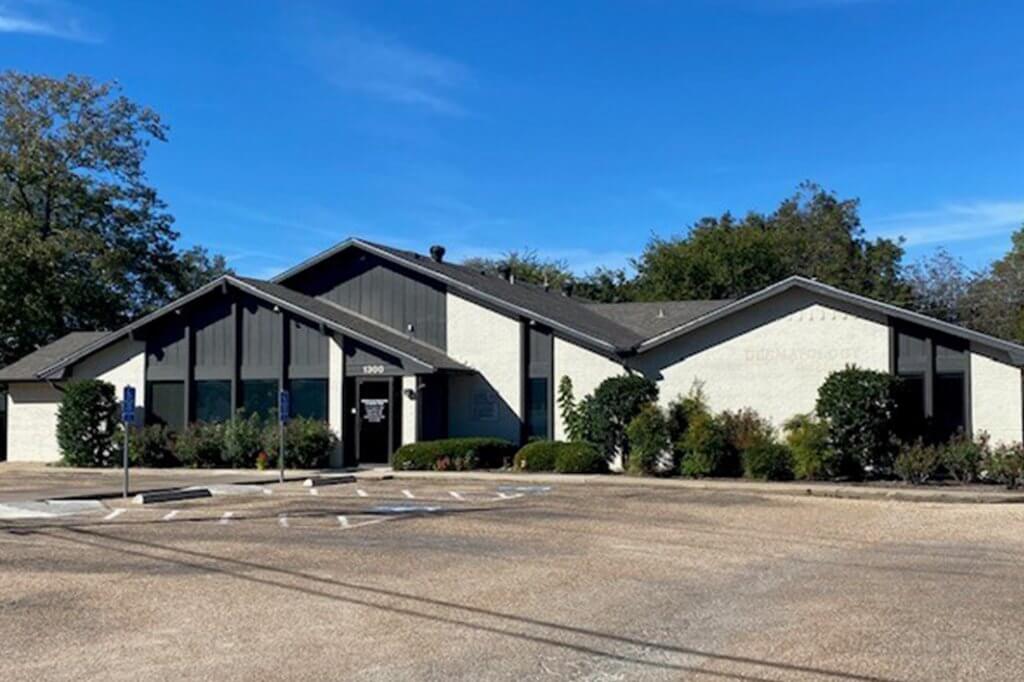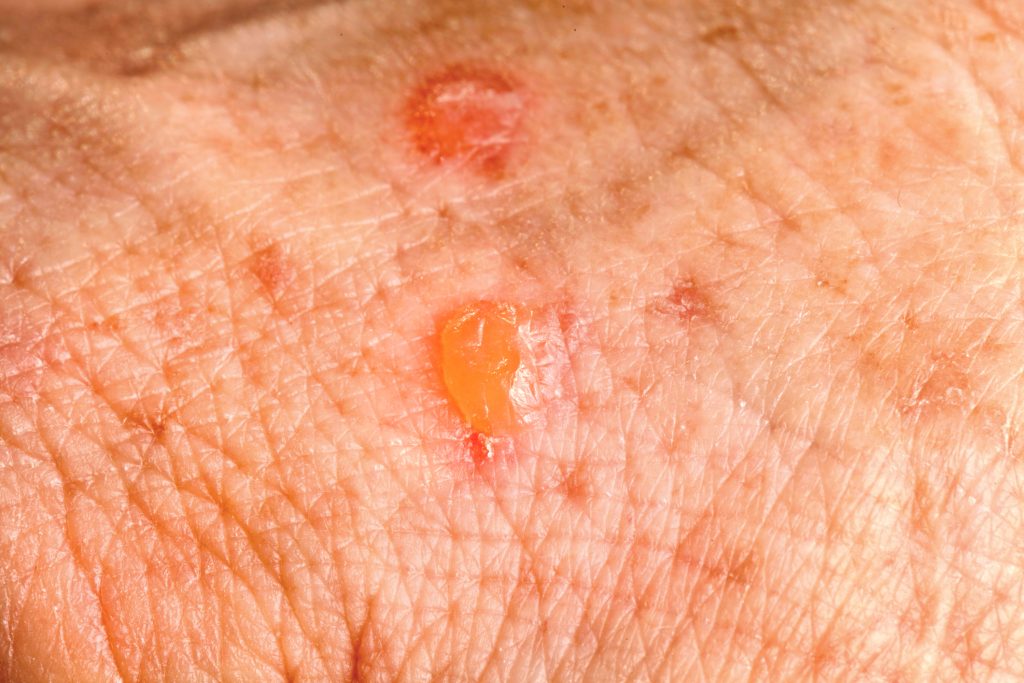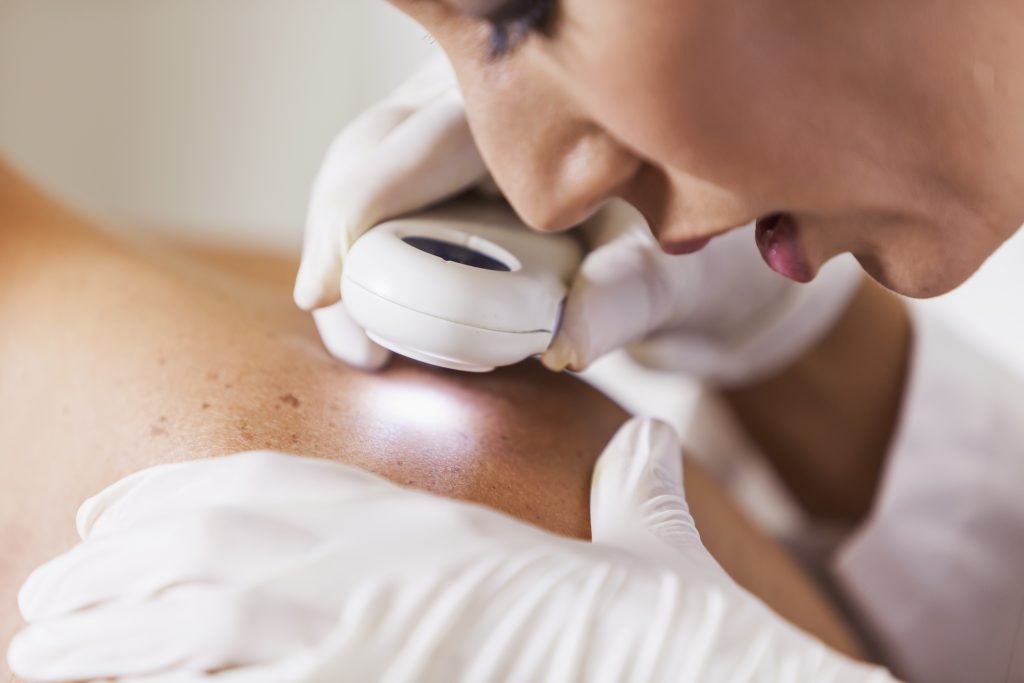Dr. Gene Stancut is a double board-certified dermatologist and fellowship-trained Mohs micrographic surgeon, specializing in the prevention, early detection, and treatment of skin cancer. Renowned for his precision and compassionate care, Dr. Stancut brings a wealth of experience and a steadfast commitment to clinical excellence.
Originally from New York City, Dr. Stancut began his journey to Texas while serving on Active Duty in the United States Air Force, where he held the distinguished role of Flight Surgeon. His academic and professional training includes:
- Doctor of Medicine – Medical University of South Carolina (Charleston, SC)
- General Surgery Internship – Wilford Hall Medical Center / UTHSCSA (San Antonio, TX)
- Flight Surgeon – United States Air Force (San Antonio, TX & Pensacola, FL)
- Dermatology Residency – University of Alabama at Birmingham (Birmingham, AL)
- Fellowship in Mohs Micrographic Surgery & Dermatologic Oncology – University of Alabama at Birmingham (Birmingham, AL)
Dr. Stancut is a proud member of both the American College of Mohs Surgery (ACMS) and the American Academy of Dermatology (AAD). He is deeply committed to providing his patients with exceptional care, guided by the principles of integrity, professionalism, and respect.
Outside the clinic, Dr. Stancut enjoys hiking, global travel, discovering new cuisines, and spending quality time reading with his daughter.
Specialties and Affiliations
- American College of Mohs Surgery (ACMS)
- American Academy of Dermatology (AAD)


